Innovative software—from the gaming sector, for instance—supports Style Porsche during the design process. But even in the age of digitalization, the sports car manufacturer’s design department still highly values the design quality of classic sketches and labor-intensive clay models. Along the path from vision to reality, the designers combine the best of both worlds.
What direction is the design process?
Has the powerwall consigned the classic drawing board to the past? Do designers still use pencils, or only digital input devices? Are labor-intensive, handmade clay models necessary, or are virtual reality experiences on the powerwall not much more impressive? The basic question is: What direction is the design process at Porsche developing in? Michael Mauer grins when he hears these questions once again. For the Vice President Style Porsche, there is no either-or: “At Porsche, there is no analog versus digital, but rather analog and digital. The two approaches complement each other and both have their advantages and disadvantages. It’s very significant that the interaction of these approaches is a definite success factor for our uncompromising design quality.”
The starting point
A sketch with pen and paper remains the most important starting point for brainstorming in the car design area. For the next step, the design evaluation, physical models made of industrial plasticine – known in the business as clay – are still indispensable. “With this malleable material, the exciting interplay between concave and convex forms in a Porsche can be represented in a particularly sensory way,” explains Martin Kahl, Director Design Models at Style Porsche.
However, the iterative design process, which extends over many months, naturally also involves a digital representation of the models. “Sometimes in parallel and sometimes in rotation, we further develop the design on the physical model or in the digital world,” explains Sebastian Reher, Manager of Virtual Design. Photorealistic simulations make it possible to investigate many alternatives, experiment with colors, and incorporate different surroundings during all process phases. “Another big advantage is that for comparison purposes, we can show a new car in the context of its predecessor, but also alongside the rest of the model program. In contrast to physical models, simulations allow us to go into the smallest details.”
Gaming and architecture software
Here, Porsche uses state-of-the-art tools that are also deployed in the fields of gaming and architecture. This high-end software is important, for instance, for the display and control concept in the interior, i.e. for the Porsche Driver Experience. Virtual reality allows screen content and control concepts to be evaluated early, in many cases even before the first hardware components are available. Mixed reality applications provide particularly immersive experiences. In the so-called modular VR seat model, relevant physical components such as the seat and steering wheel can be moved electromechanically to the appropriate vehicle position. When the user puts on VR goggles and takes a seat, the real and virtual worlds merge together. The test subject gets an impressively realistic impression of the new interior.
Style Porsche visualizes this conceptual juxtaposition of the analog and the digital in presentations with a horizontal eight. It’s no coincidence that this representation calls to mind the symbol for infinity. State-of-the-art shaping and scanning technologies are used to transfer digital data to the physical models, or vice versa. For example, the physical 1:1 models are captured via photogrammetry without physical contact. This 3D data provides the basis for further digital development. Thus, in this process step, there is a back-and-forth between analog and digital.
In a later phase of the process before the so-called design freeze – the final specification – hardware is finally introduced. At this point, the design complex in Weissach, which was opened around ten years ago, showcases one of its structural advantages. In the expansive yard protected from prying eyes, it’s possible to conduct an acceptance procedure under realistic conditions. Not only is the light real sunlight – the background of green bushes and plants is also natural. Alternatively, the models can be parked in front of an urban facade of concrete and glass. The requirements of Porsche Style are clear: The brand’s sports cars must meet the high design standards of head designer Michael Mauer and his team in a variety of environments.
The design process at Style Porsche
First drawings: The design process always begins with sketches, often done conventionally with pen and paper. Almost simultaneously with the first drafts of the exterior, the interior is also sketched. From these many drawings, Vice President Style Porsche Michael Mauer, and Peter Varga and Markus Auerbach, who are responsible for the exterior and interior design, select the most interesting ones.
1:3 models: Up to ten clay models on a 1:3 scale are made in the course of the internal competition. The respective paired teams consisting of a designer and a modeler – the latter often a designer too, occasionally also a model builder – transform their first drafts into 3D models and optimize them. The most promising models are again selected. While the designers still have relative freedom in the early phases of the process, measurements such as wheel size and wheelbase now become increasingly realistic.
1:1 models
Industrial plasticine is used to build a scale model with all the details of a chosen draft on a frame of steel, wood and rigid foam. The modeler removes excess material, shapes edges and smooths surfaces. Tapes and films are also among the modeler’s resources. These are used to emphasize important lines and contours or to represent the surfaces of headlights and windows, for example. Some elements such wheels or logos are created with 3D printers and integrated into the clay model. It can take up to six months to complete a 1:1 model. Two life-sized models usually go head-to-head in the final of the internal design competition. These are given special silver-colored films and painted.
Virtual models
With all their surface data, details of the materials used (including paint and grain), screen content and product substance (for example, differences between the basic model and the Turbo), these models are complete representations of the future cars. The doors and flaps can be opened, the light and shading varied with a mouse click.
Data control model: This model is created in parallel with the last steps of the design process along the path to industrialization. The so-called strak department is the interface with production, and it has the task of ensuring the construction feasibility down to details such as the headlights. Thus, the design freeze defines how the car will look, and the design release specifies how it will be produced.
Figures, data, facts
- In 2014, Porsche opened its new design studio in Weissach. The architectural layout of the studio enables maximum transparency and communication for the around 150-strong design development team. Interdisciplinary communication with the “Flow test rig” and “Concept construction” teams is also fostered as they work together with “Styling” in the same building complex.
- For the big 1:1 clay models, up to 1,200 kilograms of industrial plasticine are mounted on a reusable steel and wood frame. Up to 100 kilograms are used for the 1:3 models. The modeling mass is stored at exactly 60 degrees Celsius in the studio ovens. Apportioned into large bars, the plasticine has the consistency of soft butter.
- Each of the around 50 modelers in the exterior studio at Style Porsche makes their own utensils for working on the clay models. These individual kits contain more than 100 tools, including metal blades and scrapers, thin wire loops, wooden spatulas, brushes and paintbrushes. The interior design people also still work with classic clay models.
- A virtual car model consists of up to 50 million polygons, including triangles. Its file size is around 18 gigabytes.
- The 16.5-metre-wide powerwall in the design studio’s presentation room is the size of a cinema screen. The powerwall’s screen comprises a total of 972 LED tiles and has a resolution of 10 K.
- The Color & Trim specialists use a special scanner to capture the visual properties of all the materials and store them in a dedicated database. This also applies to historical materials such as ribbed velvet or fabric with the iconic Pepita houndstooth pattern.
All content © 2024 Dr. Ing. h.c. F. Porsche AG


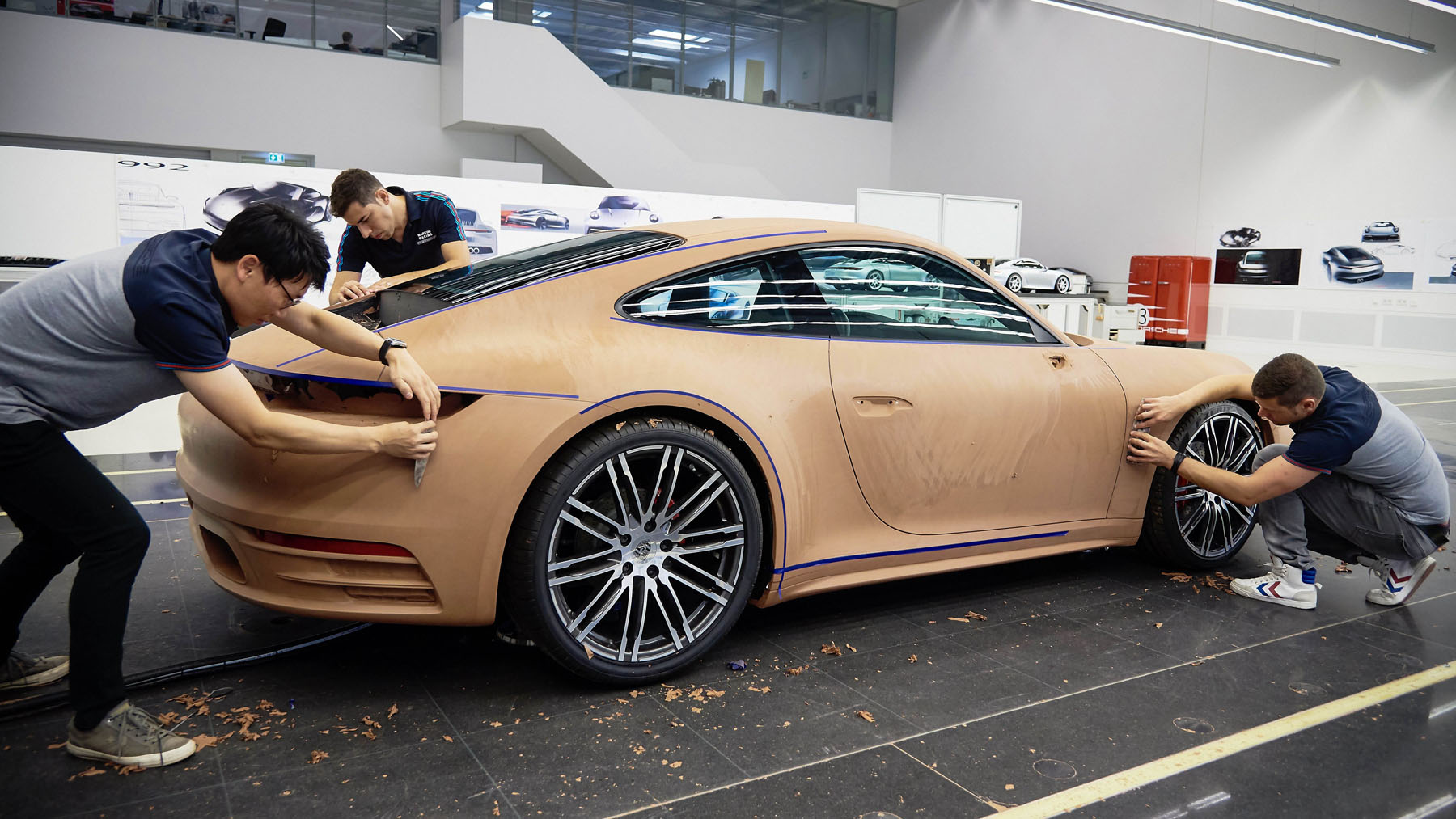
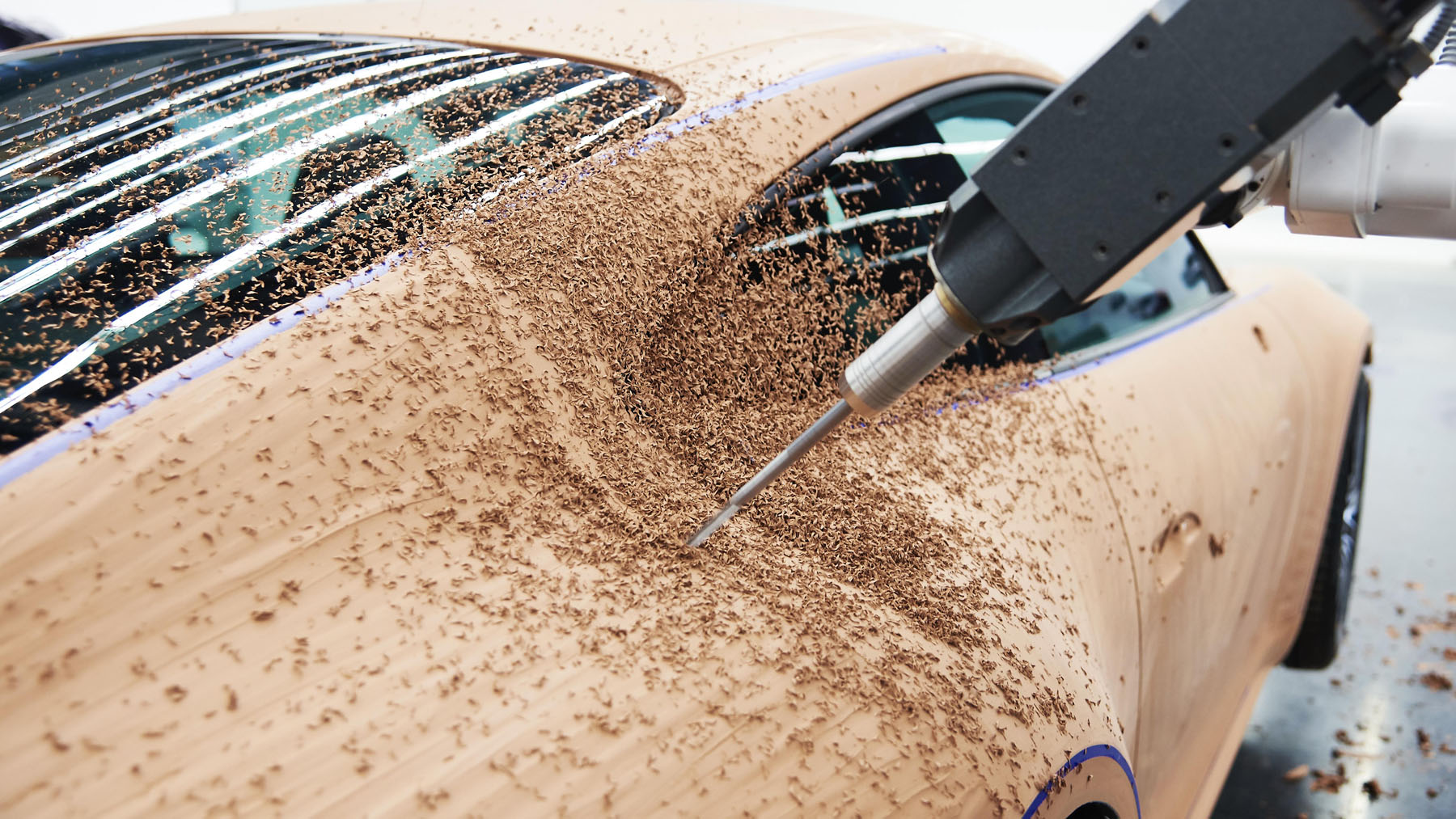
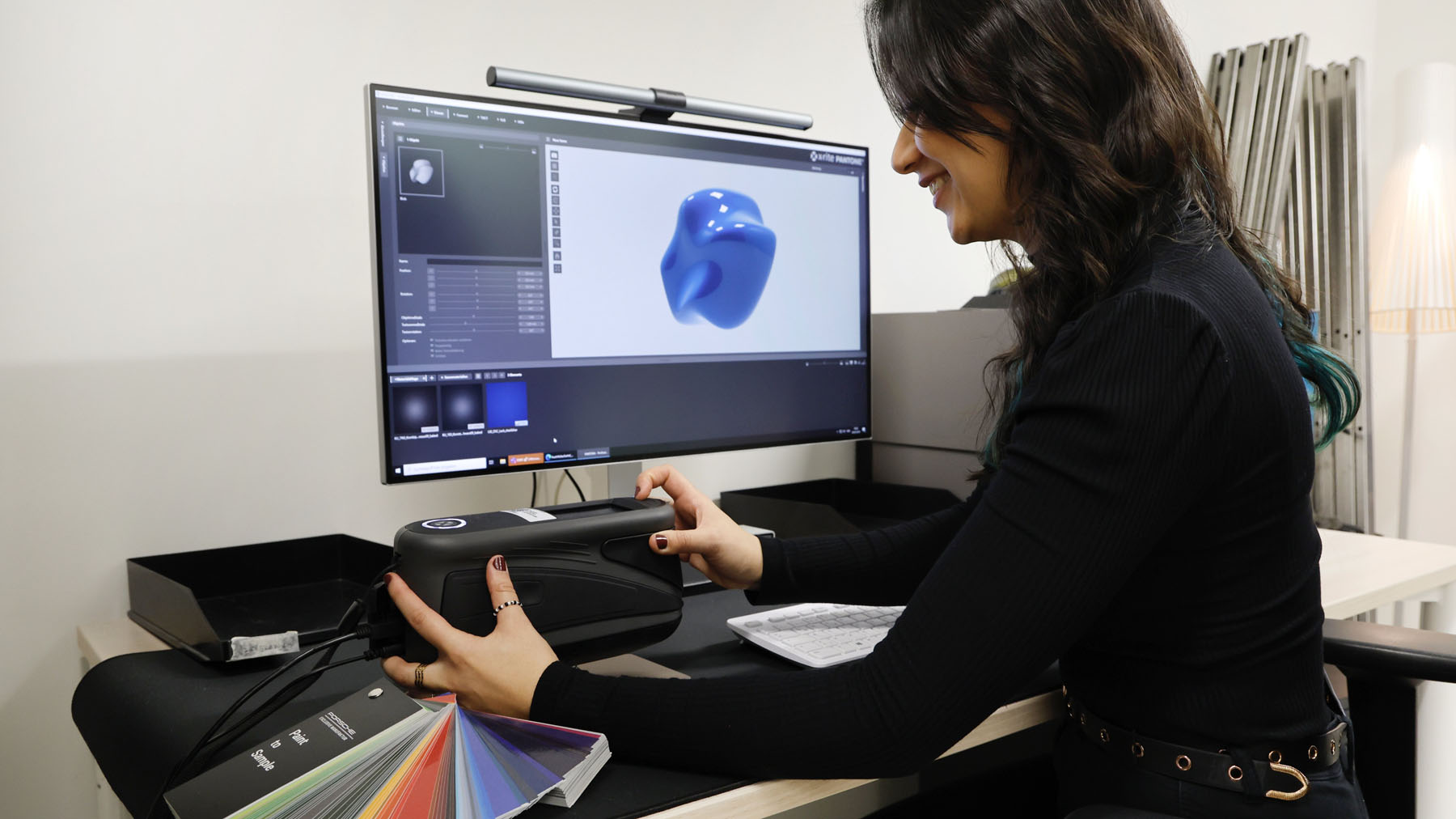
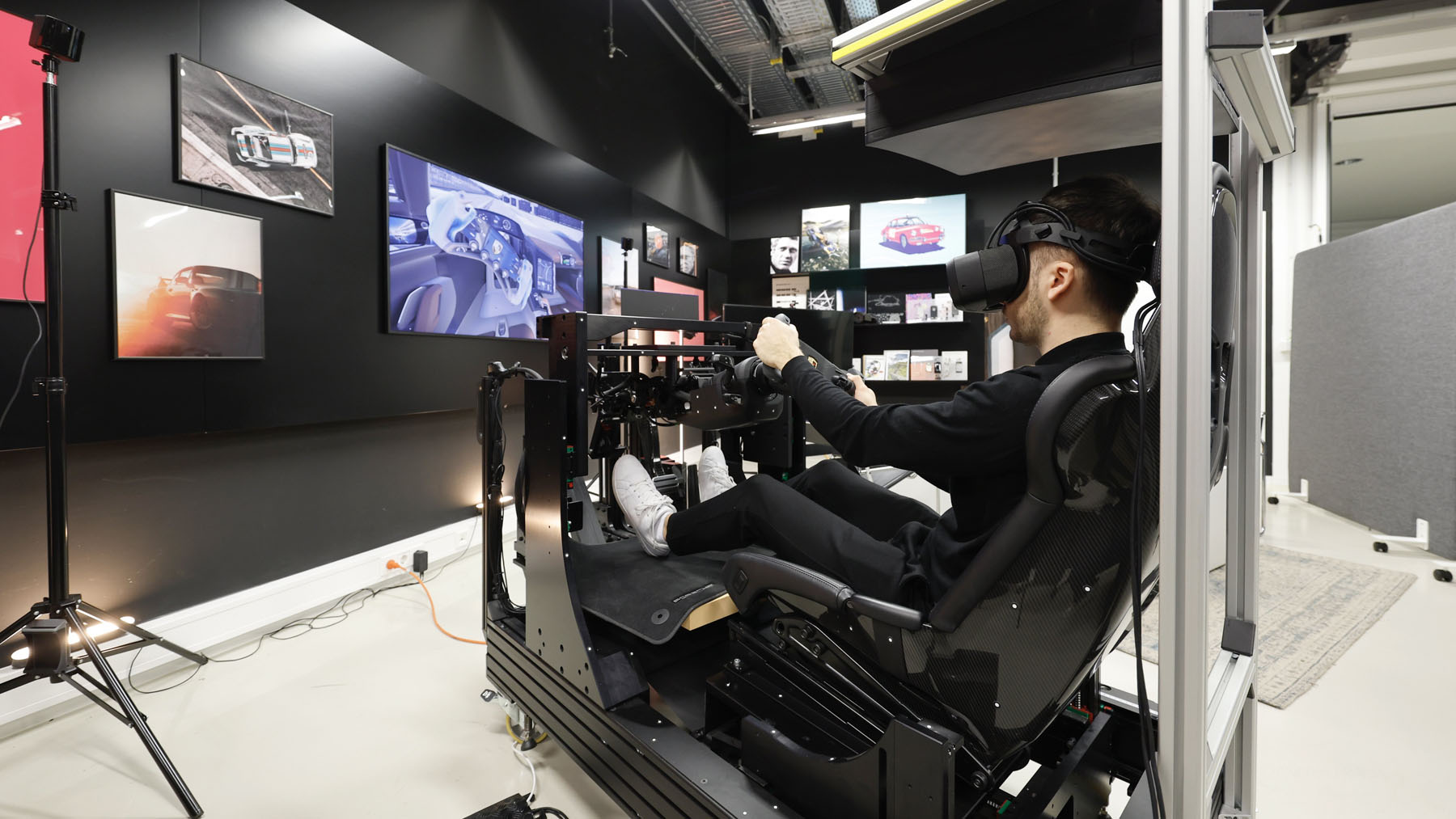
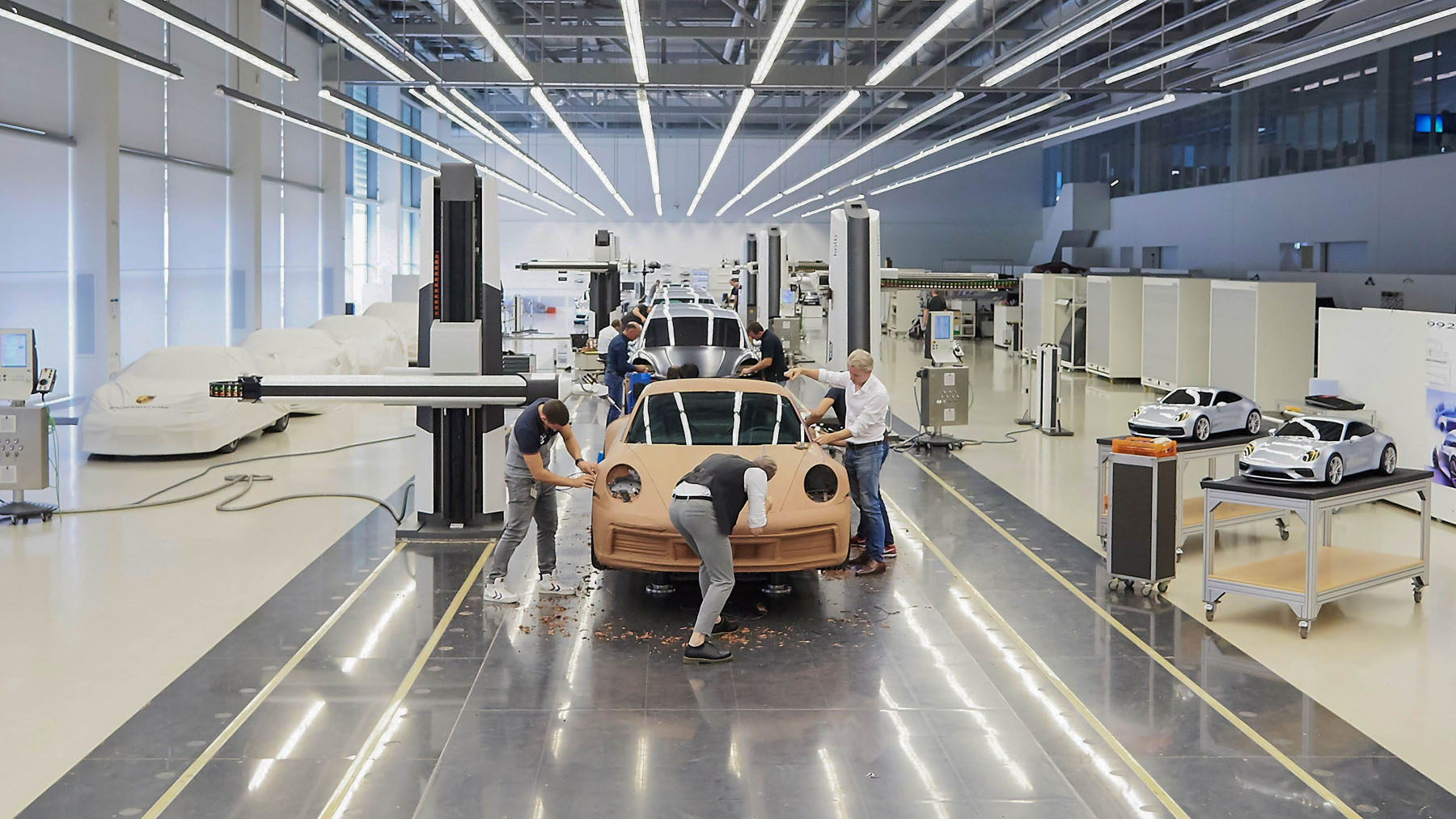
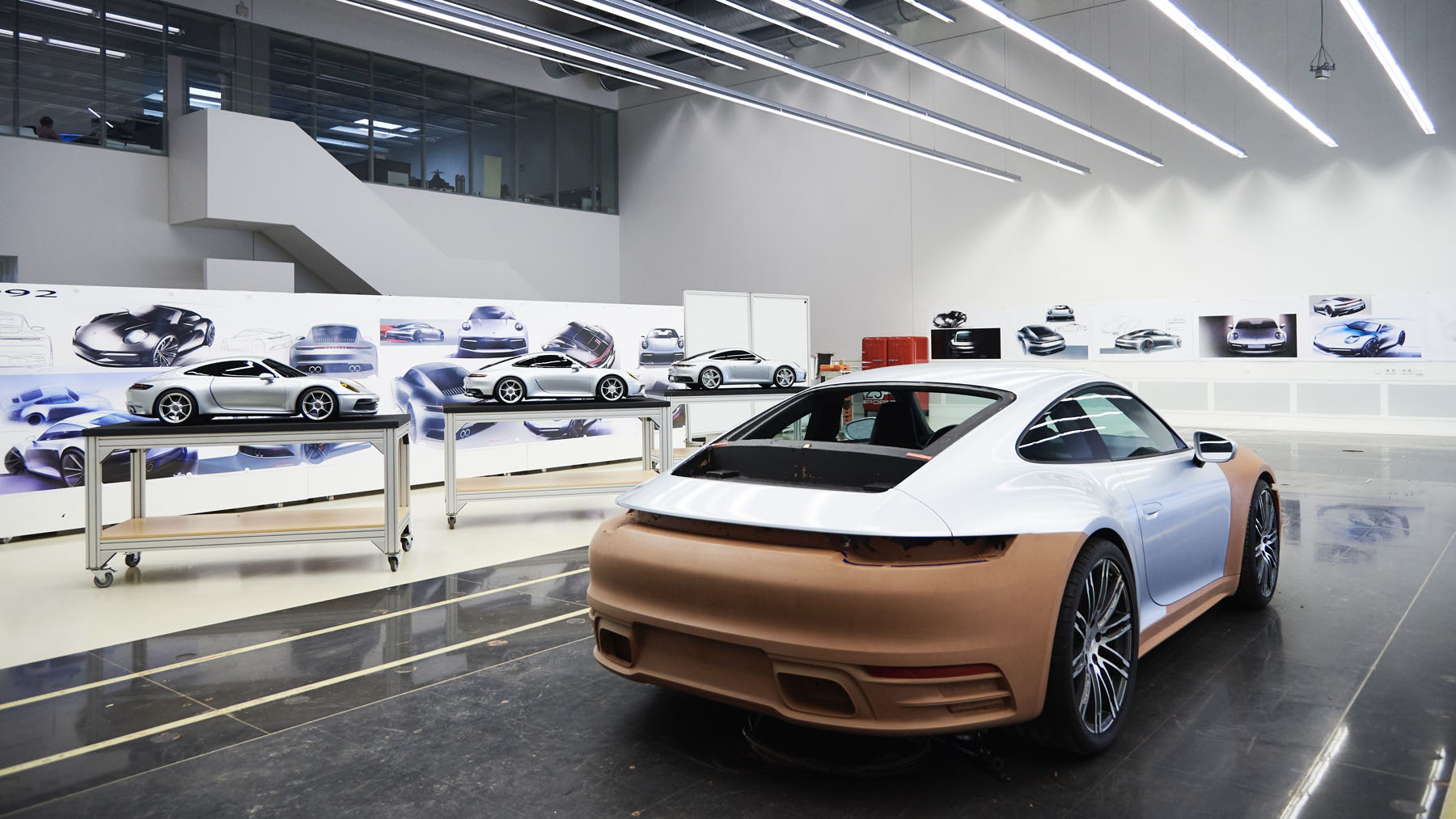
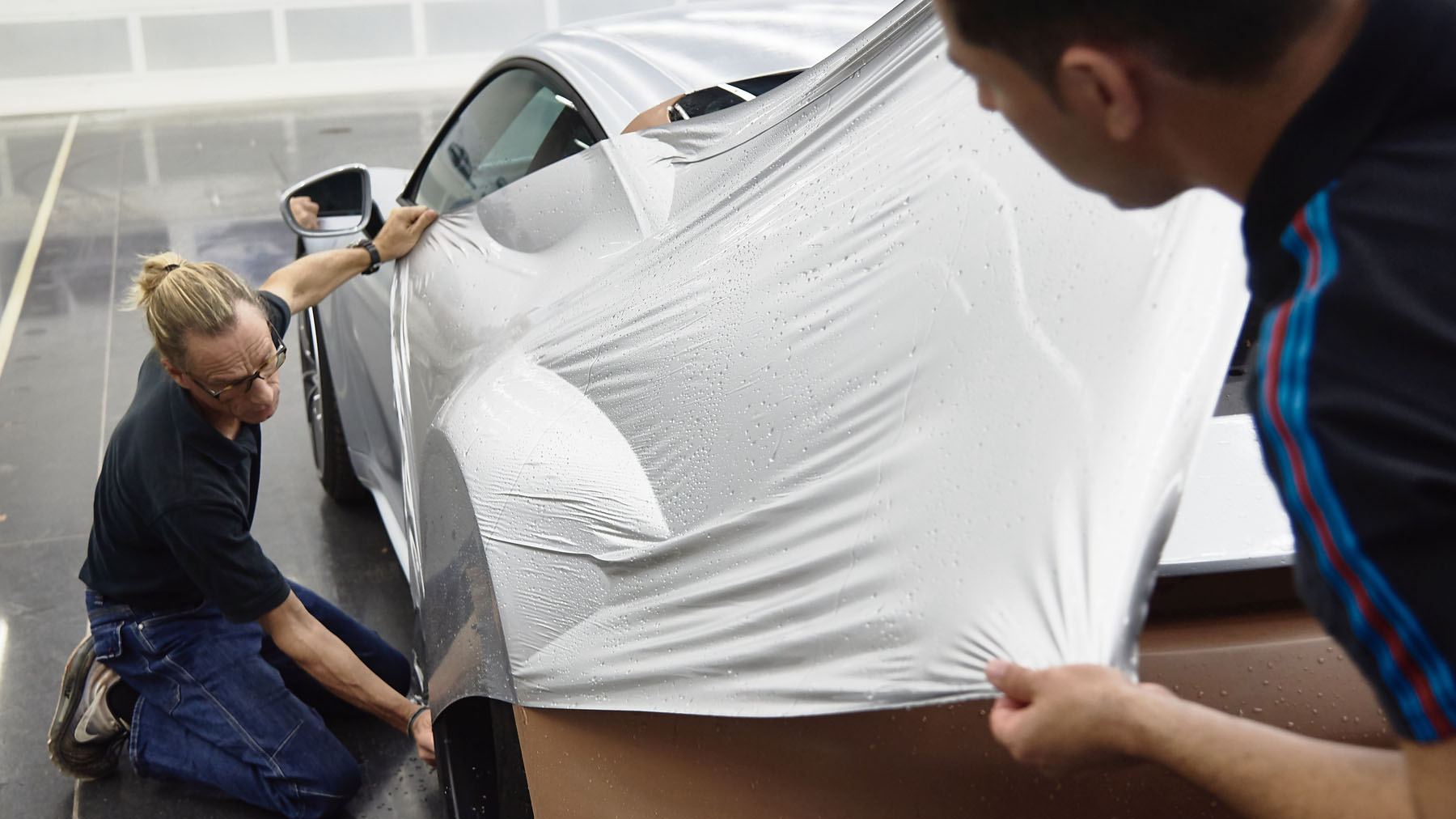
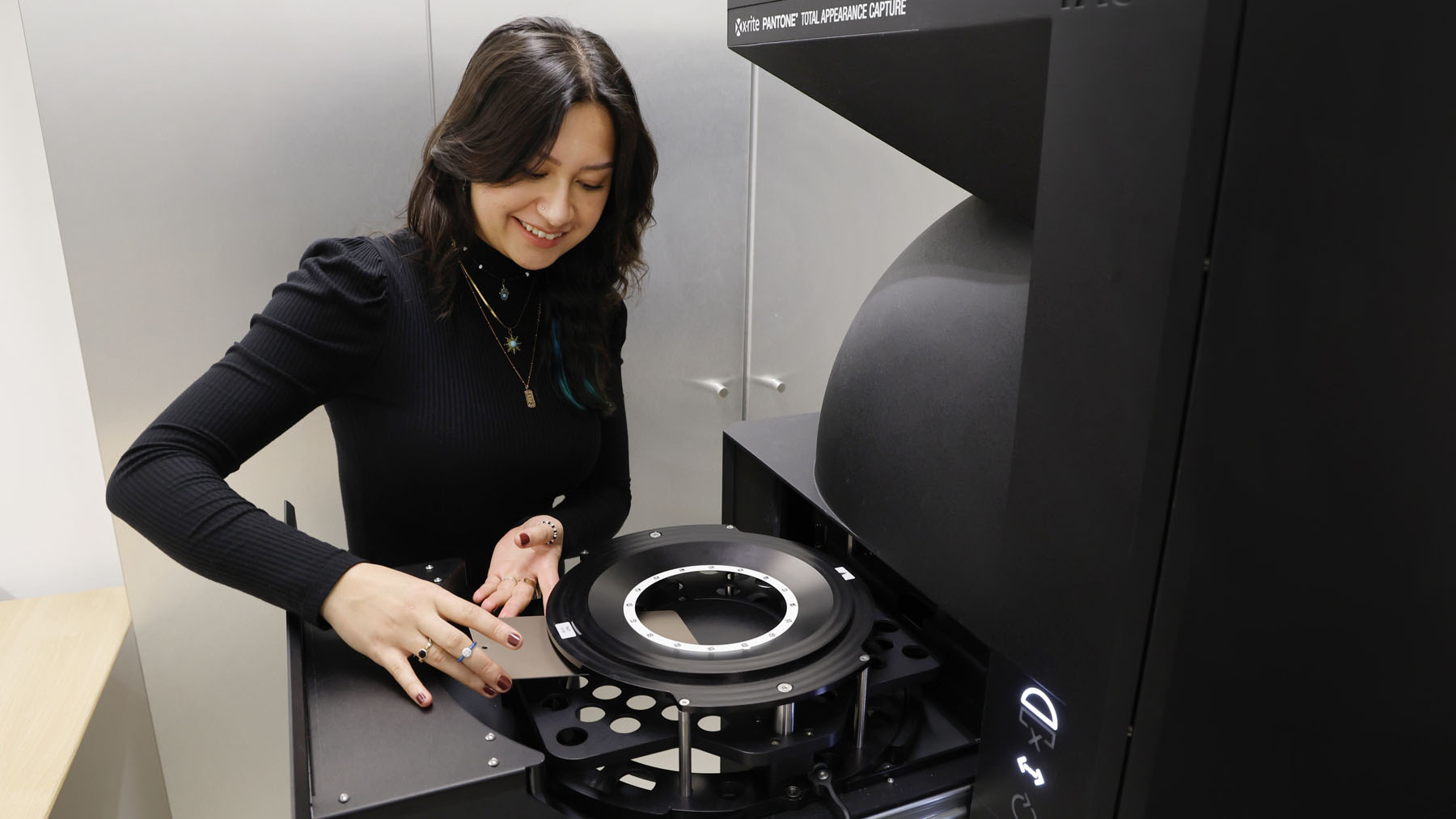
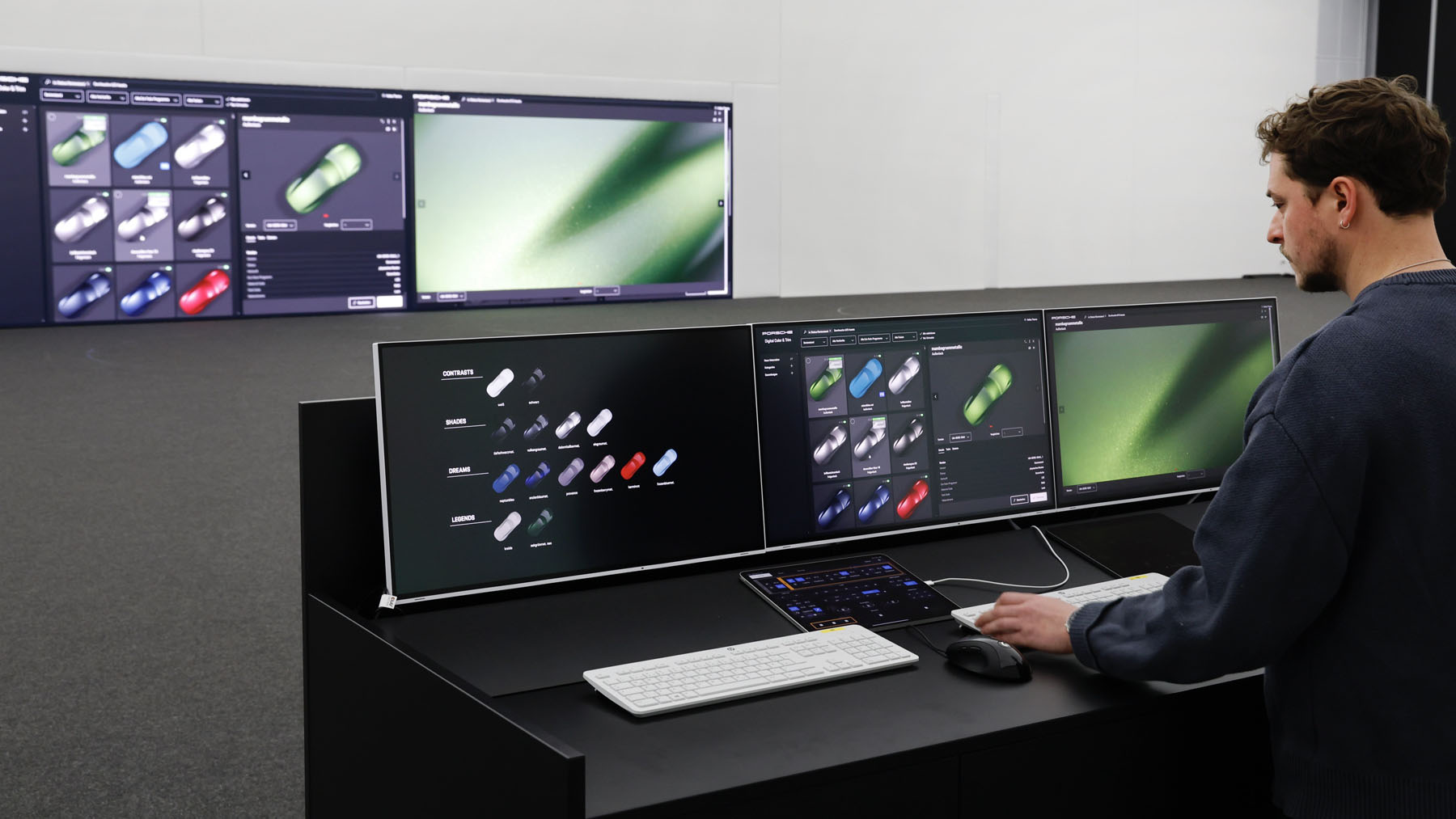
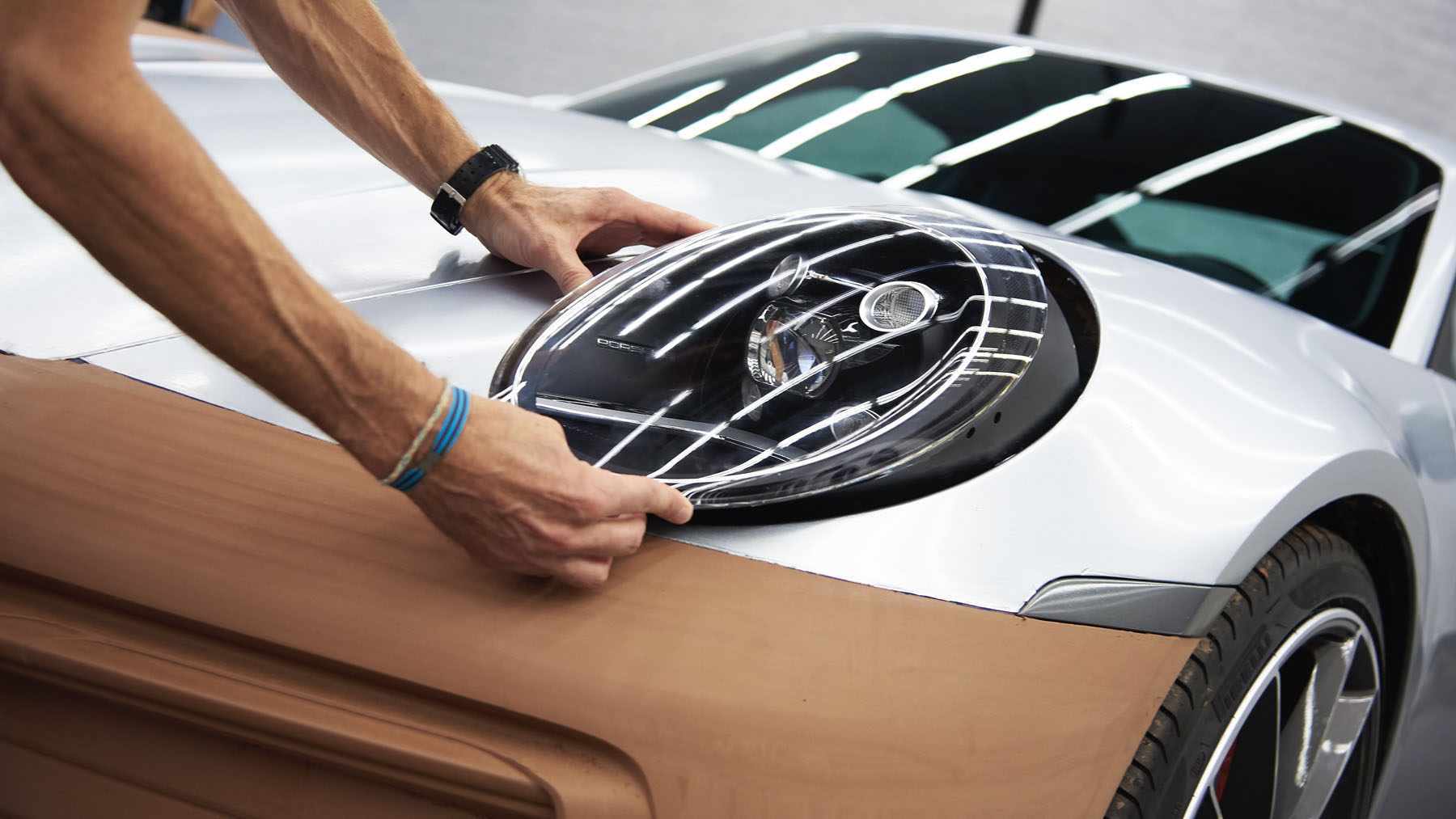
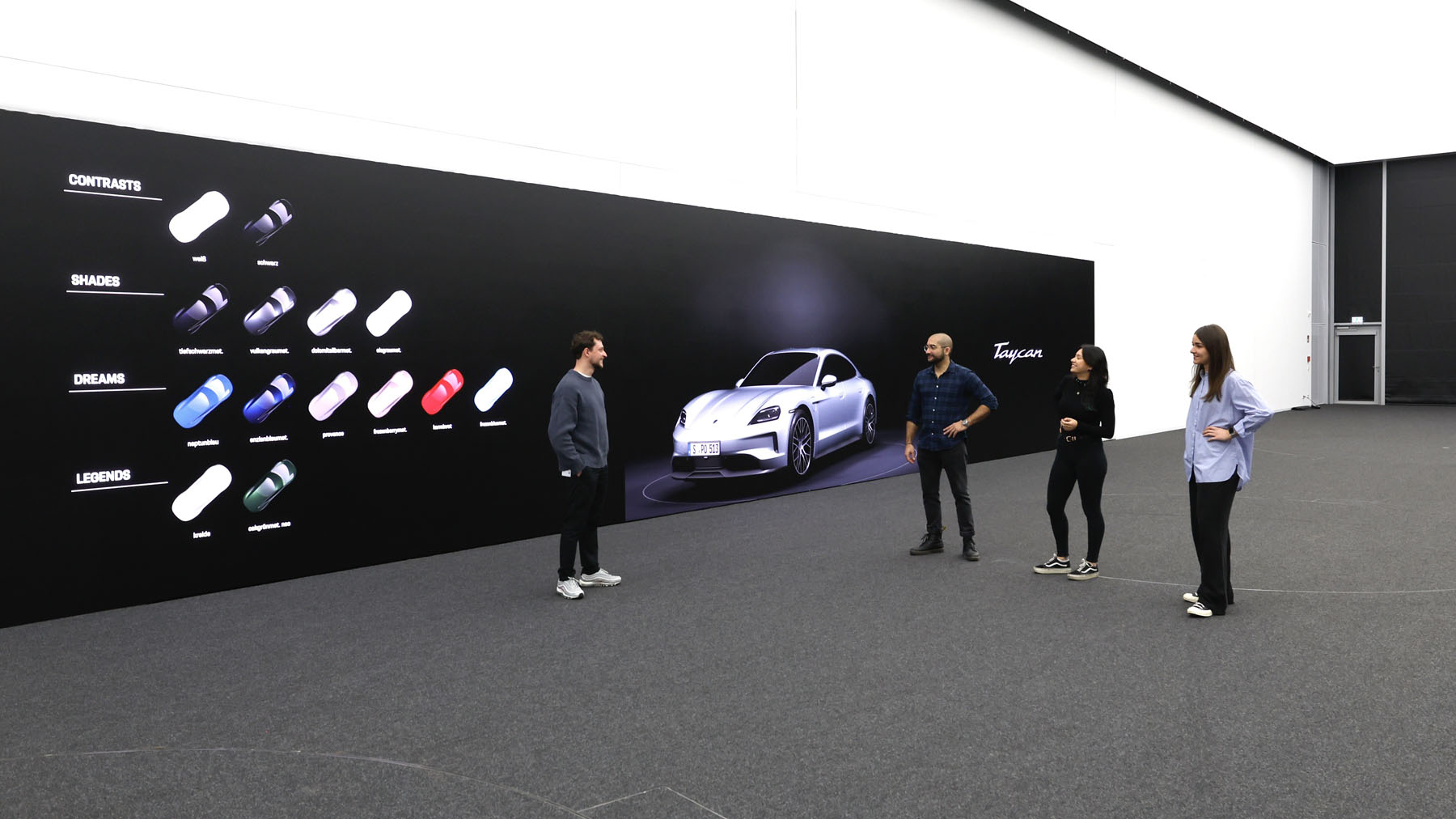









Sad to see how their newer designs lack the artistic Porsche curves and are so flat faced from front, sides even the back. I’d say the best looking 911 was the 997 and 981. Everything post that has only been ugly with the GT3 being the uglies with that split nose and flat front. Not even worth looking at. I saw them at my local dealership and after looking at their ultra Large dimensions, I started valuing my 987.2 size and design even more. It’s shame what VW has done to this brand. I wonder what was the need to revise the design post 981 to begin with. It was already perfect. They could have added aero at max.
Nissan GT-R has been the same for so many years. Not many may appreciate it, but real enthusiasts are more than happy about its subtle design changes over the years because the basic design has remained the same. That’s a recipe for success. If they had not increased the price, it would still be selling like hotcakes.
0